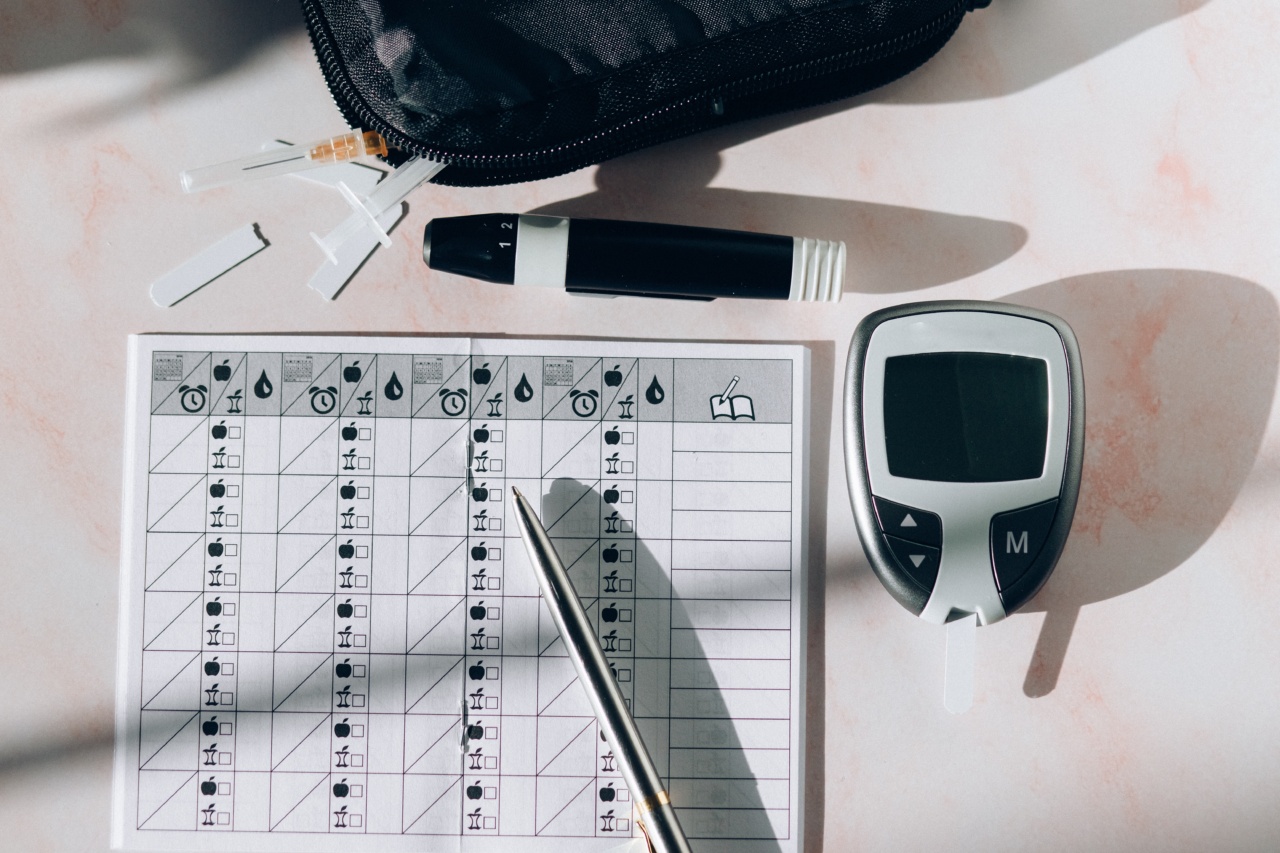Managing blood sugar levels is essential for individuals with diabetes. Diet plays a crucial role in controlling diabetes and preventing complications. Consuming the right foods can help stabilize blood sugar levels and improve overall health.
In this article, we will discuss five essential foods that can help balance blood sugar levels in diabetics.
Fiber-Rich Foods
Fiber-rich foods should form the foundation of a diabetic-friendly diet. Soluble fiber helps slow down the absorption of sugar and can help prevent blood sugar spikes after meals.
It also promotes a feeling of fullness, which can aid in weight management, a crucial aspect of diabetes control.
Include foods such as whole grains, oats, legumes, fruits, and vegetables in your diet. Opt for whole fruits instead of fruit juices to benefit from the fiber content.
Choose whole-grain varieties of bread, pasta, and rice to increase your overall fiber intake.
Lean Protein Sources
Including lean protein sources in your meals can help stabilize blood sugar levels. Protein takes longer to digest and can help slow down the release of sugar into the bloodstream.
It also aids in building and repairing tissues and supports overall health.
Choose lean sources of protein such as skinless chicken, turkey, fish, tofu, beans, and lentils. Avoid processed meats, as they often contain unhealthy fats and additives.
Aim to include a source of lean protein in each meal to maintain blood sugar balance.
Healthy Fats
Contrary to popular belief, not all fats are bad for diabetics. Healthy fats, such as monounsaturated fats and polyunsaturated fats, can actually improve blood sugar control.
They also support heart health and reduce the risk of cardiovascular disease, which is higher in individuals with diabetes.
Incorporate foods rich in healthy fats into your diet, such as avocados, nuts, seeds, and olive oil. Include fatty fish like salmon, mackerel, and sardines, as they are excellent sources of omega-3 fatty acids, which provide additional health benefits.
Non-Starchy Vegetables
Non-starchy vegetables are low in calories and high in nutrients, making them an excellent choice for individuals with diabetes.
These vegetables are also rich in fiber and have a low glycemic index, meaning they have a minimal impact on blood sugar levels.
Some examples of non-starchy vegetables include leafy greens, broccoli, cauliflower, peppers, asparagus, and cucumbers. Add these vegetables to your meals as sides, salads, or stir-fries, and aim to fill half of your plate with them.
Herbs and Spices
Herbs and spices not only add flavor to your meals but can also provide additional health benefits for diabetics.
Many herbs and spices have been shown to possess anti-inflammatory properties, improve insulin sensitivity, and help regulate blood sugar levels.
Include herbs and spices such as cinnamon, turmeric, ginger, garlic, and oregano in your cooking. Sprinkle cinnamon on your morning oatmeal or add turmeric to your curries and stir-fries.
Get creative and experiment with different flavors to enhance the taste of your meals.
Conclusion
Incorporating these five essential foods into your diet can play a significant role in balancing blood sugar levels in diabetics.
Remember to monitor your portions, practice mindful eating, and consult with a healthcare professional or a registered dietitian to create an individualized meal plan that suits your specific needs.




























